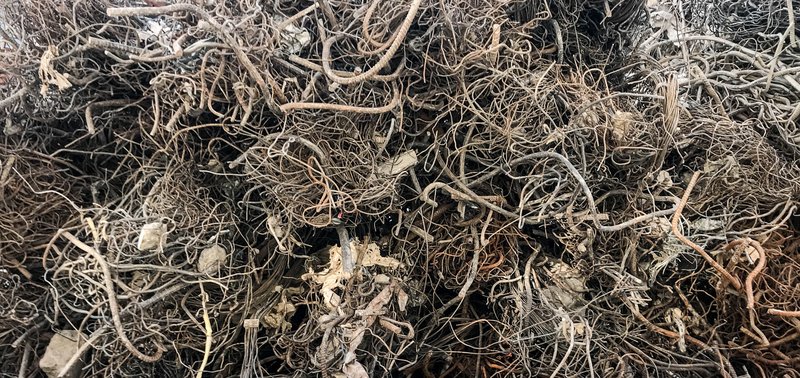Packet / Steamer
Posted Feb. 24, 2023 by Paul Graham Raven“Nothing is connected to everything, but everything is connected to something.”
—Donna Haraway

Do an image search for “internet”, and you’ll likely get a whole lot of slideshow-bling featuring webs of blue neon light connecting glowing orbs.
The internet doesn’t look anything like this at all. In truth, “the internet” is a terrible misnomer, or perhaps just a metonym gone rogue: if “the internet” is anything, then it’s the lines of code that make up the TCP/IP packet routing protocol, a set of rules by which computers can send, pass and receive packets of information when connected together with appropriate hardware.
We kind-of-sometimes refer to that hardware when we say “the internet”, though more often we refer to the collection of virtual non-places that those connected-together computers are capable of conjuring for us. But even when we refer to the hardware, those “internet” images of neon blue webs refer to an ideal that exists only in theory (and only tenuously).
This is a question of topology, but perhaps also ideology. Those images express an ideal internet in which every node is equal, and every connection likewise: a network in which communication between equal peers is possible. This is true in some ways, but false in others.
If one were to map the real, physical “internet”—the fibers and cables, the base-stations and cell-towers, the server-farms and the backbone routers and all the rest—it would look remarkably similar to a map of the physical logistical infrastructure that girds our planetary home: the roads, railways, and shipping routes that carry physical things from their site of extraction to their site of consumption. Some of these corridors of communication are very thick, while others are thin, just like the difference between a five-lane freeway and a country road.
We were once promised that the internet would be the end of geography. But where you are in “meatspace” still matters a great deal, even when it comes to receiving packets of information rather than packets of commodity goods. The network has edges, margins.
The last mile never stops being the last mile. The last mile is the ultimate bottleneck.
Part seven in the series Hip Deep in the Thick Present
This text is featured as part of FoAM's Anarchive
Created: 20 Feb 2023 / Updated: 23 Mar 2023











